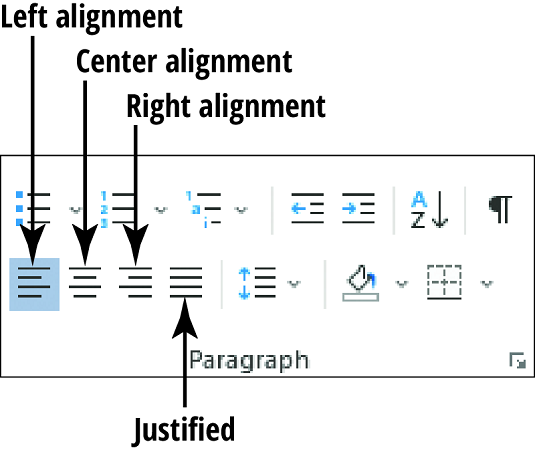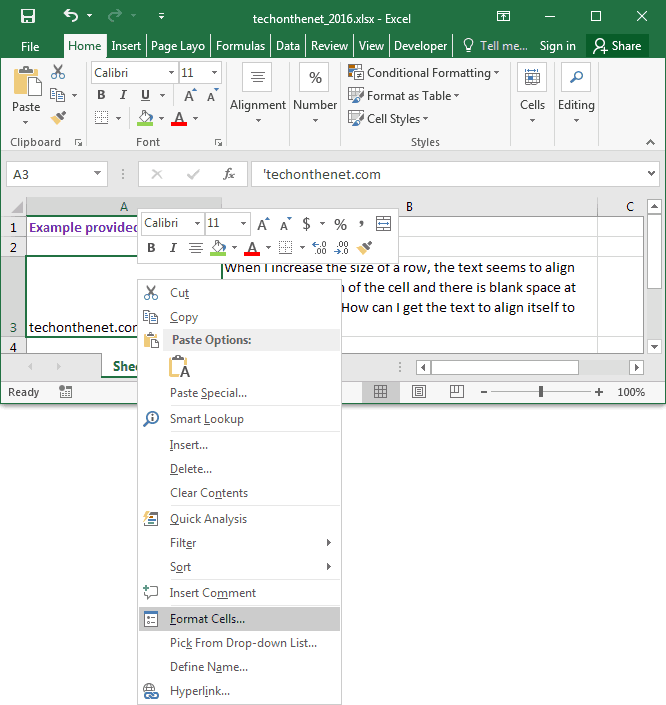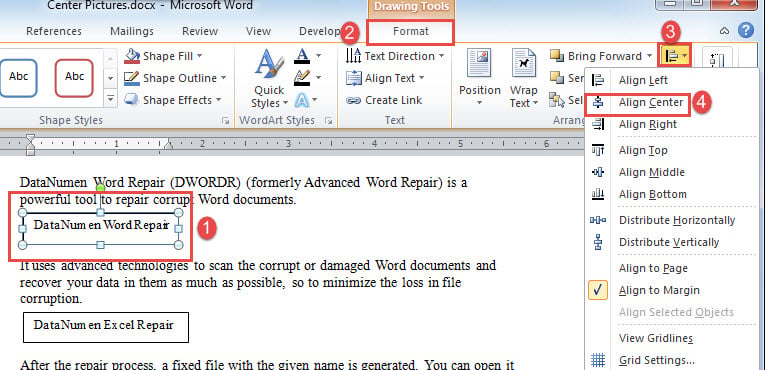

But what if you want to place two images a set amount apart, or keep your image a particular distance from the margins? Word provides a palette of options you can use to fine-tune an object’s position. These basic presets work well for simple positioning, and you can drag your object to a specific place if you want. Fine Tuning and Other Options for Precise Positioning You can also drag an object to a new location, and it will stay fixed in that new location.

Deleting the paragraph will then leave the object behind. If you want to delete the paragraph without deleting the object, you can select the whole paragraph and then Ctrl-click the object to deselect it. You can see that an object is selected because it takes on a gray color and border. So, if you select and then delete that paragraph, you’ll delete that object, too. One thing to be careful with, however, is that selecting the entire paragraph to which the object is anchored will usually select the object as well. With that out of the way, let’s talk about those positioning tools. In this article, we’re using an object for which we’ve set the text wrapping to “square.” The positioning tools we’ll be talking about apply to whatever type of text wrapping you’re using, but the exact positioning you’re able to perform will depend on what text wrapping you’ve chosen.
How to change horizontal alignment in word text box how to#
RELATED: How to Wrap Text Around Pictures and Other Illustrations in Microsoft Word Understanding how to wrap text around objects is an important part of getting objects positioned the way you want, so if you’re not already familiar with how it works, we highly recommend you read our guide on the subject. When you set an object’s text wrapping to be in front of the text, the object appears on top of any text, and you can move it to any position you want. If you type or paste text before or after the object, it moves along the line and down the page just like any other text character. When you set an object’s text wrapping to be in line with text, Word treats the object in question as a text character. In addition, you can change the style of the text box (or add other elements) via the ‘Format’ menu while the box is selected.Before we get to those positioning tools, though, you should know a bit about text wrapping. By default, when you insert images and other illustration objects into your document, Word applies one of two forms of text wrapping: “in line with text” (for images and most other illustration objects) or “in front of text” (for shapes and 3D models).

You can then type in the box (look out for text disappearing if you type more than fits within the margins you can increase the size of the box if this happens). Text boxes: useful if you want specific text to stand out.

Go to Insert > Text and click ‘Text Box’.you can set other text to ‘wrap’ around the box, so anything you type there will be separate from the rest of your work). If you need to type elsewhere on the page, you can use a text box. For that, you’ll need to use Microsoft Word’s indentation options. ‘Center’, meanwhile, is useful for headings and some short examples, but it isn’t usually used with larger blocks of text. ‘Align Right’ is fairly unusual, but it can be used to set captions at the right-hand side of an image. Thank you for subscribing to our newsletter! A ‘river’ in text. However, some people prefer Align Left in order to avoid ‘rivers’ (i.e. Justify – Spaces text so that the first word on a line is aligned to the left margin and the last word on a line is aligned to the right margin (also known as ‘full justification’)įor essays, ‘Justify’ is often the best choice, as it presents text in neat blocks.Align Right – Places text at the right margin (although text still reads from left to right).Center – Positions text in the centre of the page (we use the US spelling of ‘Center’ for this option because this is how it’s spelled in Microsoft Word).Align Left – Sets text to begin at the left of the page.These are the basic text alignment options. Here, you’ll find a set of four options in the bottom left corner (represented by four horizontal lines in various arrangements). All you need to do is go to the ‘Paragraph’ section of the ‘Home’ tab on the main ribbon in Microsoft Word. Herein, we explain what you need to know. And to do this, you’ll need to master text alignment in Microsoft Word. It also needs to be professionally formatted. But a perfect essay needs more than just good writing. Microsoft Word Tips: Alignment and Text BoxesĪ well-written essay is a good thing.


 0 kommentar(er)
0 kommentar(er)
